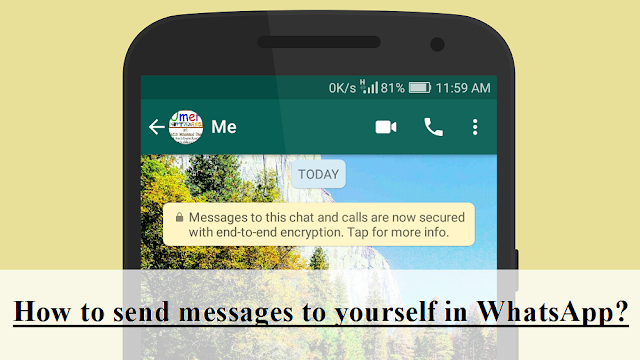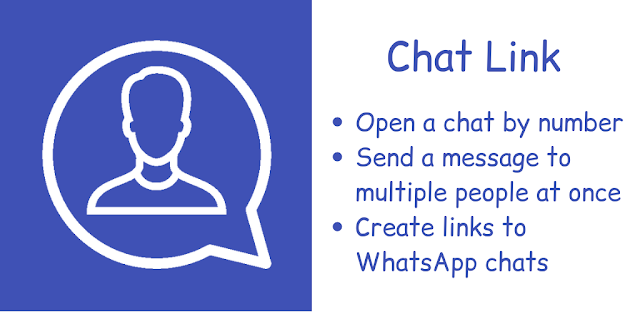A virtual hard disk is disk image file for storing the complete contents of a hard disk. Creating a virtual hard disk in your computer is a great option because they are portable and work like a local hard disk. It is a great alternative to partitioning your hard disk. In this tutorial I will tell you about creating a virtual hard disk in Windows 8 and above.
1. Press WindowsKey R to open run. Type
diskmgmt.msc and press enter
2. Disk Management will open. Click in the white area as shown in the screenshot below:
3. Now click on the
Action menu.
4. From the drop down menu select
Create VHD
5. Click on
browse
6. Navigate to the folder where you want to keep your virtual hard disk and type a name for your virtual hard disk file in the File name box. Then press the
Save button.
7. Now you have to select the size of your virtual hard disk. See the portion of the screenshot below I have highlighted by red box. To the right, there is a drop down menu which you will use to select units i.e. MB, GB or TB and in the left white box you have to type the value.
8. Now you have to select the virtual hard disk format. You can select either VHD or VHDX. The VHD format is compatible with Windows 7, 8, 8.1 and 10 while VHDX is not compatible with versions older than Windows 8. Also the VHD supports no more than 2040 GB sized virtual hard disk while VHDX supports upto 64 TB. VHDX also does not support very small sized hard disks. I am choosing VHD because I want to create a hard disk of size 100 GB. The VHD format will be best in most cases. You can select either of these depending on your requirement.
9. Now you have to select the virtual hard disk type. The
Fixed size occupies all the space at once and
Dynamically expanding will occupy space as you will put data into it. Also
Fixed size takes more time to be created and
Dynamically expanding takes less time. You can select either of these depending on your requirement.
10. After you have filled the required options, click
Ok
11. A new disk will be created. Right click it.
12. Select
Initialize Disk
13. Now you have to select the style of your hard disk. You can select either MBR or GPT. The MBR is compatible with more versions of Windows. The GPT does not support very small sized hard disks. I have selected MBR. You can select either of these depending on your requirements.
14. Click
Ok.
15. Now right click the whole unallocated space of your newly created hard disk.
16. Select
New Simple Volume
17. Click on
Next
18. Again click
Next
19. At this stage you will first have to select the drive letter (Shown by orange box) and then press
Next .
20. You can change the File system and label of the hard disk (shown by orange arrow) but this is optional. You can leave the default if you like. Then press
Next.
21. In this window, you can review your selections and press
Finish,
22. The hard disk will start formatting. It can take some time, so you will have to wait.
23. Now you can see your new virtual hard disk listed in the Disk Management.
24. You can also open
My Computer or
This PC to confirm the presence of your virtual hard disk.
Share this post to others who may need it
Share via
Facebook _
Twitter _
Pinterest _
GooglePlus _
Email _
Blogger _
WhatsApp




























Comments
Post a Comment
In case of any query, leave a comment. I will try to reply you soon.